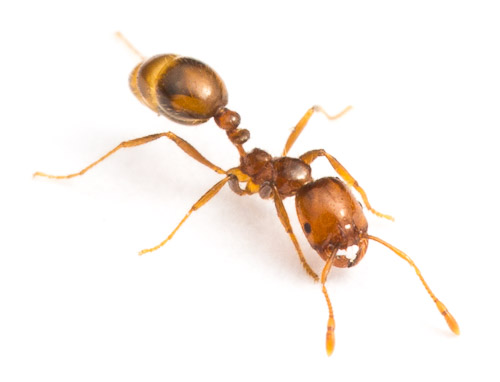Introduction to Little Fire Ants
There are over 15,000 different ant species known to science, and probably another 15,000 species not yet discovered. Ants are wonderful, interesting, fascinating creatures that are a vital component of most ecosystems on our planet. Overall, they cause little or no nuisance at all and are a valuable part of life. But around a dozen or so ant species are destructive, difficult to control, and cause impacts to us, natural ecosystems, and the economy. These ant species are called “invasive species” and “tramp ants”.
Invasive species are simply species of plants and animals that, for one reason or another, have the ability to become the dominant organism in the environment, often to the detriment of other species. Usually these species come from other locations where they are not a problem, but outside of their natural range, become rampant. One theory for this is that normally checks and balances in the natural environment have evolved to keep everything in its place. These checks and balances could include natural predators, pathogens, the weather patterns, or a host of other factors. When a particular plant or animal is moved to an area where these balances are not present, they are able to multiply and invade their new home.
Many “tramp ants” are invasive. Tramp ants are simply ant species that find it easy to hitch a ride on something that can move them to new locations – shipping cargo, plants or produce, or other items that we move around. The ants don’t deliberately look to move elsewhere, but their home is simply in, or on the items we move.
One of the most destructive invasive ant species for tropical regions of the world is the Little Fire Ant (also known by its acronym “LFA”). Its scientific name is Wasmannia auropunctata and was named after the golden, patterned exoskeleton of the species. This ant is extremely small – so small that many people don’t even notice it. But once it becomes established in a new location, the colony can grow to massive sizes. An average house lot can support as many as 22 MILLION ants! If they land on you or another animal, they will sting. Probably the sting is more from alarm than aggression, but they will sting. And that’s when you will discover why they are called the Little Fire Ant!
Tramp Ants in Hawaiʻi

(Anoplolepis gracilipes)
invasive species

(Solenopsis geminata)
invasive species

(Wasmannia auropunctata)
invasive species
